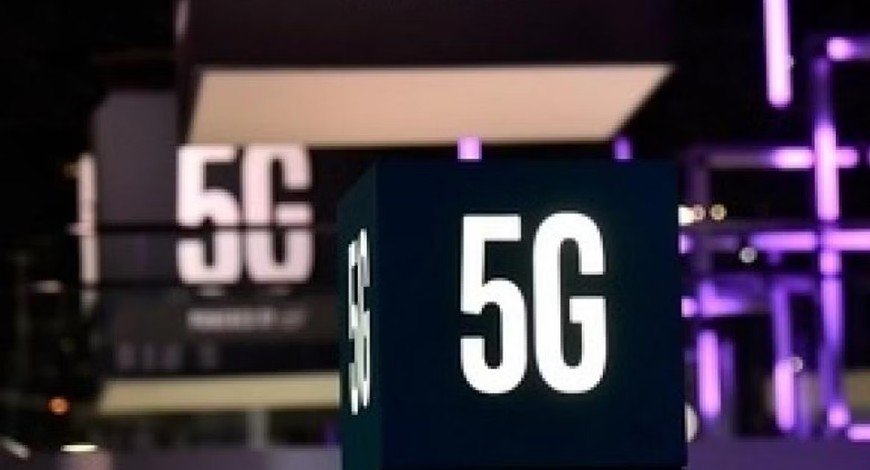5G
COAI forward-looking statement on 5G, for 2023

“This year witnessed the much-awaited landmark launch of 5G services in India and has been a turning point for the entire country. The Hon’ble Prime Minister, Shri Narendra Modi, inaugurated the 5G services at the India Mobile Congress, paving the way for the multiple opportunities in each sector from manufacturing, healthcare and augmented entertainment to smart city projects coupled with new-age technologies like IoT, M2M, drones, AI, and big data analytics with 5G. We believe that 5G will create both direct and indirect job opportunities to a significant extent, opening avenues for people and businesses that have the potential to completely change the economic landscape of India. It is expected that 5G services will greatly augment both efficiency and output in several areas – whether it be industry, governance or public utility.
A Deloitte-CII report indicates that India is poised to become a leading country in 5G penetration and development over the next 5–7 years due to its high population density, along with its reliable phase-wise rollout plan in long-term scenarios. TSPs are working with the government to deploy use cases to accelerate commercial 5G adoption by enterprises and end users, while state governments are gearing up for adopting and integrating the technology in applications for enhanced governance. As per Futurex, TSPs are also expected to increase investments to the tune of 2-2.5X, especially with regard to strengthening the security aspects of their network operations.
Further, fiberisation being critical for the success of 5G, a lot needs to be done as only ~35% of the BTS sites are presently connected to fiber networks. While the Central Government, creditably, introduced the amended Right of Way (RoW) Guidelines earlier this year, huge challenges still remain in ground-level implementation of the same at different State and local authority levels. Expedited adoption of these guidelines by the States/local authorities will facilitate faster deployments of telecom infrastructure, for establishing an efficient pan-India 5G network and faster rollouts of the services.
State Governments and Local bodies also impose exorbitant charges for deploying telecom Infrastructure on street furniture presently. They need to adopt the latest amendment in RoW rules, which prescribe the fees and compensation for deploying small cells and aerial fibre on street furniture such as Electricity Board (EB) Pole, street light poles, etc. Commendably, some of the States have already constituted Committees to look into these aspects for early roll-out of 5G Infrastructure.
Moreover, State electricity boards need to provide EB connections to the telecom sites – both macro and micro at industrial/utility rates. Given the importance of having digital connectivity always available, especially with the advent of critical real-time applications on 5G, availability of power at reduced rates is crucial, and would aid the sector in providing 5G services to the users in the most efficient manner.
5G network technology is expected to contribute about 2% to India’s GDP, amounting to $180 billion by 2030. According to the Ericsson report mobility report, 5G subscribers in India are expected to reach around 690 million by the end of 2028. Urban areas are likely to have 5G services available for public consumption by March 2023.
Irrefutably, India is set to emerge as a leading country in the field of 5G in the coming years, and the technology, in turn, will help us gain a highly competitive position in the global market.” Lt. Gen. Dr. S.P. Kochhar, Director General, COAI.
CT Bureau













You must be logged in to post a comment Login